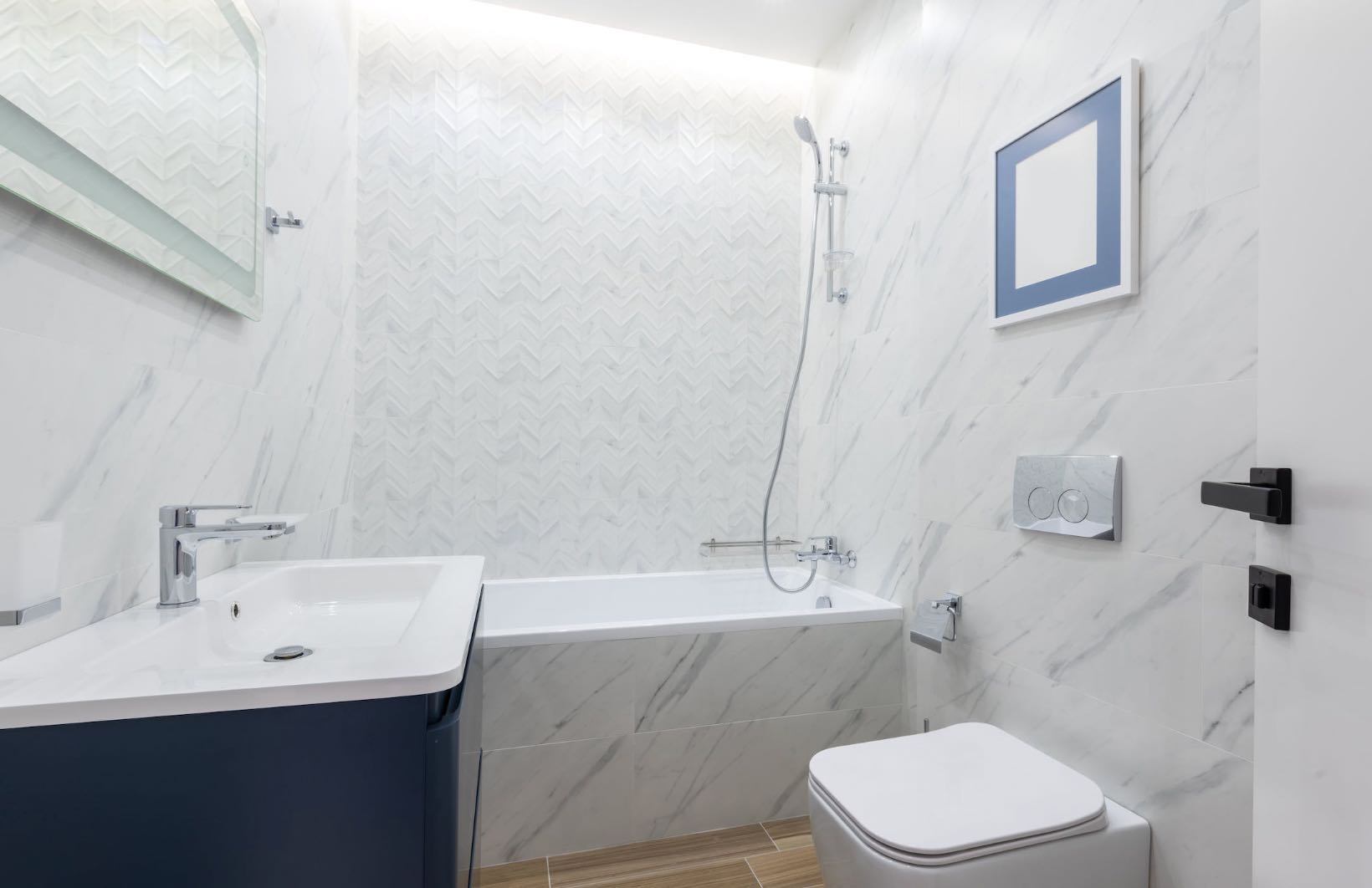
07 Feb Excellent Flood Damage Prevention Tips for Homeowners
A house is the largest investment you’ll ever make. What if I told you that even though your house isn’t in a flood zone and you don’t need flood insurance, it can still flood? Although this is scary, it is something you need to seriously consider.
How can I prepare my home for flooding?
There are a handful of things you can do to ensure your home doesn’t get destroyed by rising water levels. Although these tips might seem extreme if you don’t live in a flood zone, they are essential to keep in mind if you plan to renovate.
These tips can help reduce flooding and water damage during a disaster.
Use flood hardy building materials
It is smart to save money when you build a house or remodel an existing one. These building materials are recommended by FEMA for their resistance to moisture, and ease of removal following flood damage.
- Insulation: Flood-resistant insulation can only be found in closed-cell polyurethane (SPUF), and sprayed polyurethane. All types of insulation, including inorganic insulation, can become wet and need to be replaced.
- FEMA recommends floodplains are insulated using a raised floor system of either fire-rated rigid foam under the floor joists, or closed-cell spray foam sandwiched in between.
- Flooring: Very easy to remove.
- Exterior and Drywall Use paperless drywall with a moisture-resistant core for your interior walls and fiber cement to cover your exterior. Fiber cement siding is similar to masonry and wood, but can withstand extreme weather conditions like floods.
- Structural Materials Concrete and solid lumber are the best choices for structural materials. These materials are the most resistant to moisture. Avoid using Oriented Strandboard (OSB) as it is a fake plywood.
These are just a few of the things to keep in mind when you upgrade your furnace. To improve indoor air quality and comfort in your home, you can have an energy audit done. You may also want to remodel your basement or kitchen. Your contractor can assist you, even though it might seem difficult for DIYers.
This FEMA Flood Map can be used to locate your home. Even if flood plains are not affected, heavy rain can cause flooding. Make sure to stay prepare!

